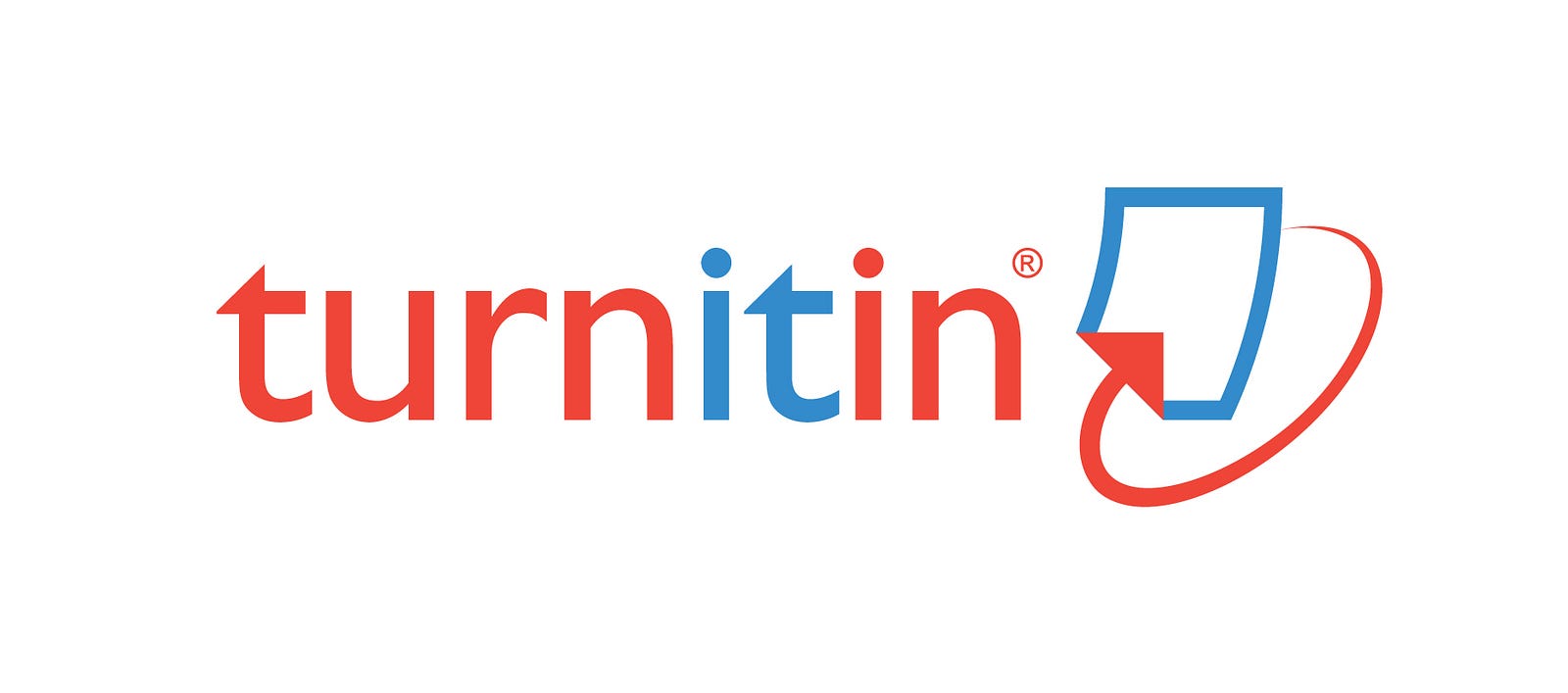PENINGKATAN KEAKTIFAN DAN HASIL BELAJAR ADMINISTRASI UMUM MELALUI METODE TIME TOKEN ARENDS KELAS X OTKP
Eka Setya Puji Lestari, Tri Murwaningsih, Anton Subarno
Abstract
This research aims to improve the active student learning and learning outcomes in the subject of General Administration in 10th grade of OTKP 1 Batik 2 Private Vocational School Surakarta using Time Token Arends method. The type of research is classroom action research. This research consists of two cycles, cycle I and cycle II. Each cycle consists of planning, implementation, observation and data collection, and reflection. The subject of this study is a 10th-grade student of OTKP 1 Batik 2 Private School Surakarta which amounted to 33 students. The data were collected from teachers and students. Data collection techniques were observation, interviews, tests, and documentation. Data validity test was using sources triangulation and triangulation techniques. Data were analysed using simple quantitative data analysis, qualitative data analysis, and comparative descriptive analysis. The research procedure is a chain of interconnected models. The results show that the time token arends can be used to improve the active student learning and the student learning outcomes from pre-cycle to cycle I and cycle II. Learning in the pre-cycle was using unsupervised discussions and the teacher's role was the dominant in the learning process, it made the discussion process not run as to the rules, it made the active student and learning outcomes was being less. An improvement has been made in the cycle I, but the improvement in the active student learning and learning outcomes changed up slightly. The performance of cycle II represents that active student learning and learning outcomes were increased significantly, the condition can create an interactive learning atmosphere. The conclusion of this research is the learning method of time token arends can improve the active student learning and learning outcomes in the subject of general administration grade 10th of OTKP 1 Batik 2 School Private Surakarta
Keywords
Keywords: time token arends, learning activity, learning outcomes
References
Eurostat. (2016). Classification of learning activities (CLA). Luxembourg: European Union.
Felder, R. M. (2016). Rethink Traditional teaching methods to improve learning and retention. Journal of STEM Education: Innovations and Research, 17(1)
Holmes, A. G. (2019). Learning Outcomes-A Good Idea, Yet with Problems and Lost Opportunities. Educational Process International Journal•, 8(3).
Perwitasari, A., & Abidin, Z. (2014). Peningkatan Kualitas Pembelajaran Pkn Melalui Model Time Token Arends Dengan Media Audio Visual. Joyful Learning Journal, 3(1).
Strauss, V. (2012). Why we need vocational education. Diakses pada 10 Juni 2020, dari https://www.washingtonpost.com/blogs/answer-sheet/post/why-we-need-vocational-education/2012/06/04/gJQA8jHbEV_blog.html
Wegner, C., Minnaert, L., & Strehlke, F. (2013). The Importance of Learning Strategies and How the Project" Kolumbus-Kids" Promotes Them Successfully. European Journal of Science and Mathematics Education, 1(3), 137-143.
Yang, Y. T. C. (2015). Virtual CEOs: A blended approach to digital gaming for enhancing higher order thinking and academic achievement among vocational high school students. Computers & Education, 81, 281-295.









